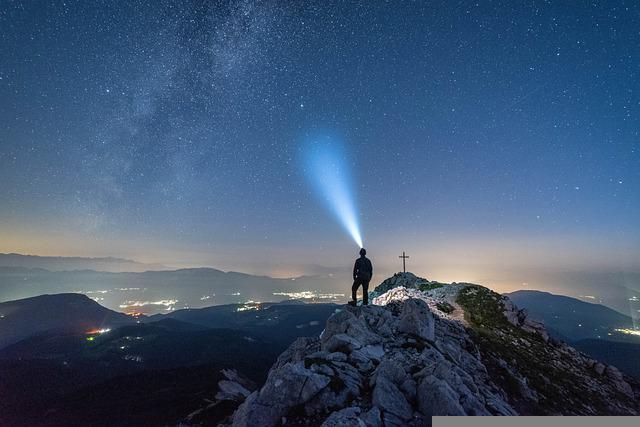Do you ever turn on your flashlight while walking in the park at night and see all of the frogs jump? You may have wondered if the light is hurting them. Frogs are a crucial part of our ecosystem, so it’s essential to understand the science behind their behavior. This blog post will explore the controversy surrounding flashlights and frogs. Stay tuned for some exciting information.
Are flashlights bad for frogs?
Many enjoy spending time outside at night, shining flashlights into the dark in hopes of spotting some nocturnal wildlife.
Unfortunately, this common practice can have a devastating effect on frogs. When light shines on a frog, it causes the creature’s pupils to dilate.
This increase in pupil size makes the frog more susceptible to predators. In addition, sudden exposure to bright light can cause stress and interfere with the frog’s natural sleep patterns.
As a result, it is essential to be mindful of where you shine your flashlight and avoid shining it directly into any frogs you may see.
By taking these simple precautions, you can help to protect these delicate creatures.
The science behind frog’s eyes and light sensitivity
Frogs have long been a subject of fascination, and their unique eyes are one of the features that make them so attractive.
Unlike human eyes, which have a round pupil, frog eyes have a horizontal slit pupil.
This design helps them to see better in low light conditions and also makes it easier for them to see predators approaching from the side.
In addition, frogs have a reflective layer in their eyes, known as the tapetum lucidum. This layer helps to reflect light into the eye, giving the frog’s retina a second chance to absorb photons and increasing its sensitivity to light.
As a result, frogs can see very well at night, making them adept at hunting for prey even in dark conditions.
The science behind these adaptations is fascinating, and it provides insights into the clever ways that nature has designed animals to survive in their environment.
The controversy surrounding the use of flashlights for nighttime conservation efforts on frogs
The use of flashlights for nighttime conservation efforts on frogs has been the subject of much debate in recent years.
Some experts argue that the light disturbs the natural circadian rhythms of the frogs, making them more likely to be active during the day when they are more vulnerable to predators.
Others argue that the light attracts predators, making the frogs more likely to be eaten. However, there is evidence to suggest that the light may help to ward off predators, as well as increase the reproductive success of the frogs.
In addition, the light can help researchers to identify different species of frogs and track their populations.
As a result, using flashlights for nighttime conservation efforts on frogs is a controversial practice but one that may have some benefits.
What can you do to help frogs if you’re concerned about using flashlights near them?
If you’re concerned about using flashlights near frogs, you can do a few things to help them. First, avoid using artificial light near areas where frogs are known to live.
Frogs are sensitive to light and noise, and artificial light can disturb their natural habits. Second, use red filters on your flashlight when necessary.
Red light is less likely to disturb frogs than white or blue light. Finally, please turn off your flashlight when you’re not using it.
This will help to conserve energy and reduce the risk of disturbing the animals. By following these simple guidelines, you can help to protect frogs and other sensitive animals from the effects of artificial light.
Conclusion
While there is still some debate on the subject, it seems clear that flashlights can hurt frogs. The bright light can disorient the creatures, making them easy prey for predators. Flashlights can also disturb frog breeding grounds, leading to a decline in population numbers.
In addition, the light from flashlights can disrupt the natural night/day cycle, causing stress and confusion for both nocturnal and diurnal species. For these reasons, it is best to avoid using flashlights in areas where frogs are known to live. If you must use a light, keep it low and avoid shining it directly into the frog habitat. By taking these simple precautions, you can help to protect these beautiful creatures.




